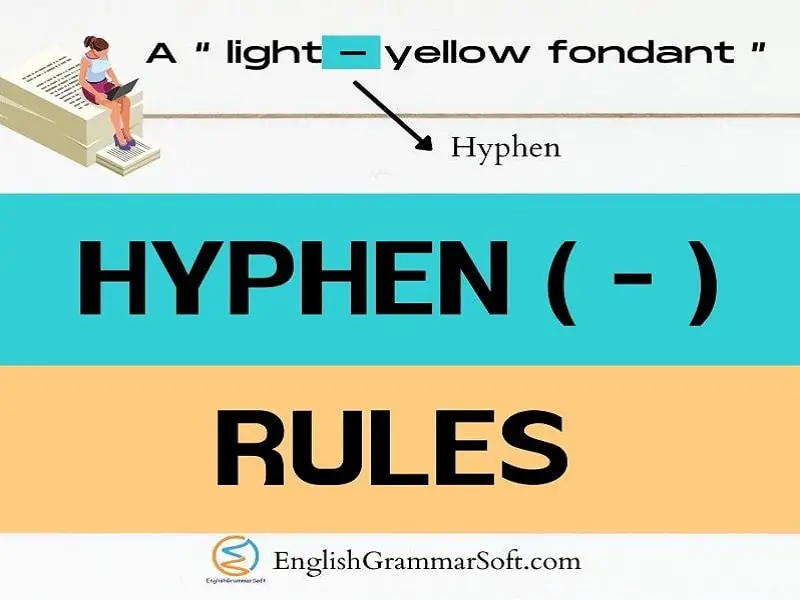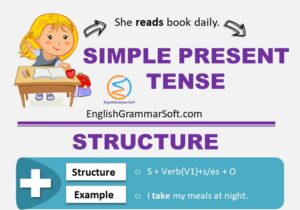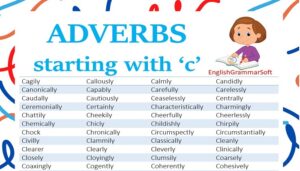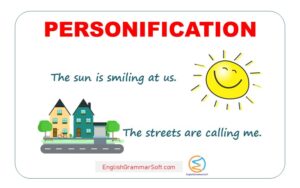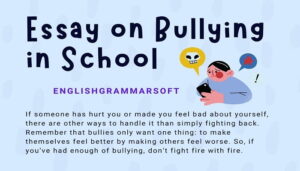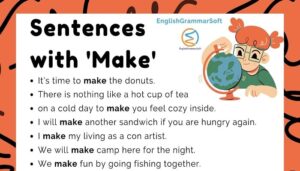Rules for Hyphen Use
In this blog post, we will go over the most common rules for hyphen use so you can make sure your writing is clear and consistent. All the rules are briefly explained with the help of examples.
What is a hyphen?
Hyphens are used to combine words or parts of words, and can be placed in front of a word that is either being combined with an already hyphenated word or separating two different words.
Do you know what a hyphen looks like?
It’s a short horizontal line that comes before certain letters or numbers and it has many uses!
A hyphen mainly joins words, as well as separates the syllables within one word. This punctuation mark is frequently mistaken for dashes and the minus sign.
The dash is longer than the hyphen and is utilized for different purposes.
Rules for Hyphen Use
The writing reference Chicago Manual of Style includes an extensive chart that lists numerous types of phrases that should be hyphenated, as well as phrases that should not have hyphens.
Similar references should be studied for more information on this matter. However, this article will give you the basics of hyphenation.
First, the combination of an adverb and adjective should not be hyphenated.
For example: “Her bouquet was an example of ridiculously constructed Ikebana.”
On the other hand, other types of adverbs precede a hyphen when put together with an adjective.
Example: “The long-forgotten son steeled his resolve and made up his mind to leave the nest.”
The hyphen, in this case, serves to modify the word “forgotten”, and not the noun.
If both the adverb and adjective describe the same word, no hyphen is involved.
A “light-yellow fondant” is a pale-hued dessert, while a “light yellow fondant” is frothy, subtle, and possibly dissolves on the tongue.
In the second sentence, the words “yellow” and “light” equally refer to the fondant. Thus, no hyphenation should be done.
Adjectives with nouns that have the suffix “-ed” should be hyphenated.
For example, “Joseph was a short-tempered pugilist.” Without the hyphen, Joseph would probably in the lightweight division, although he would probably be experienced and quite formidable.
Ages which contain a unit of measurement must be hyphenated.
“This twelve-year-old Scotch is remarkable.” This liquor can simply be a “twelve-year-old”, with the beverage being implied without an actual noun. For adjectival phrases, there should be no hyphens, such as in the sentence “The Scotch is twelve years old.”
When the hyphens should be avoided?
A hyphen should be avoided when writing phrases that succeed the nouns to be modified, with exceptions for phrases containing “self” or “all” (“self-serving” and “all-important,” for example).
For the most part, fractions should be hyphenated when used as adjectives (as in “three-quarters Welsh and one-quarter Polish”).
However, a hyphenated numerator should accompany a fraction that does not have hyphens. An example would be “a hundred-five and four-fourths.”
Fractions that are nouns should never have hyphens.
It should be written as “one fourth” instead of “one-fourth” in the sentence “She had one fourth of the entire cake.”
These are just some of the basic scenarios wherein many writers are often confused as to hyphen use. Studying these tips and researching further on the matter will help you drastically reduce the number of errors in your writing.
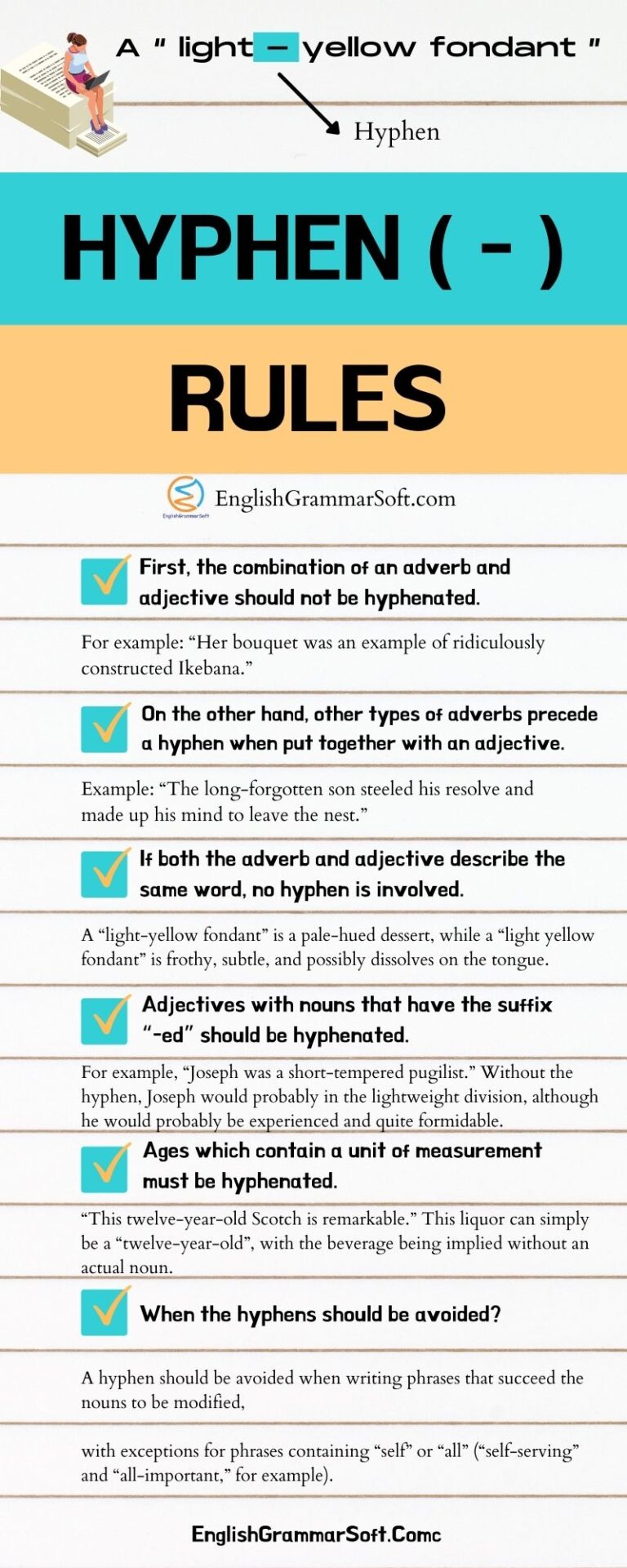
Frequently Asked Questions
Do you hyphenate book titles?
The short answer is: yes, book titles are hyphenated.
The longer answer is that it depends on the style guide you’re following. The Chicago Manual of Style (CMOS) and the Associated Press Stylebook both have rules for book titles, but they differ slightly.
There are no hard-and-fast rules about when to hyphenate a book title or not. It’s up to the author and publisher, and they may use different styles. Some hyphenate all their titles, others only hyphenate some of them, and still others don’t use any hyphens at all.
What is difference between Hyphens and Dashes
A hyphen (-) is a punctuation mark used to join words and to separate syllables of a single word. Hyphens are frequently used to link all the elements in compound adjectives before a noun, as in “a long-term-care facility” or “a well-known author.”
A dash (—) is longer than a hyphen and looks like this: —. Dashes may be used instead of hyphens to set off information added on to the end of a sentence. An em dash—the longest dash—can be used for emphasis (see how it affects the line break here?), but its main purpose is to indicate parenthetical ideas that are not essential to the sentence’s meaning.
Further Reading
- Interview Skills
- What are Writing Skills?
- Activities for listening skills
- Speaking Skills in Communication (Definition, 5 Barriers & 7 Tips for Improvement)
- Speaking Skills in Communication (7 Tips for Improvement)
- 5 Common Writing Mistakes to Avoid
- 12 Writing Tips for Beginners | Tips to help keep readers interested in your writing
- How to Improve Your Writing Vocabulary in 5 Effective Ways
